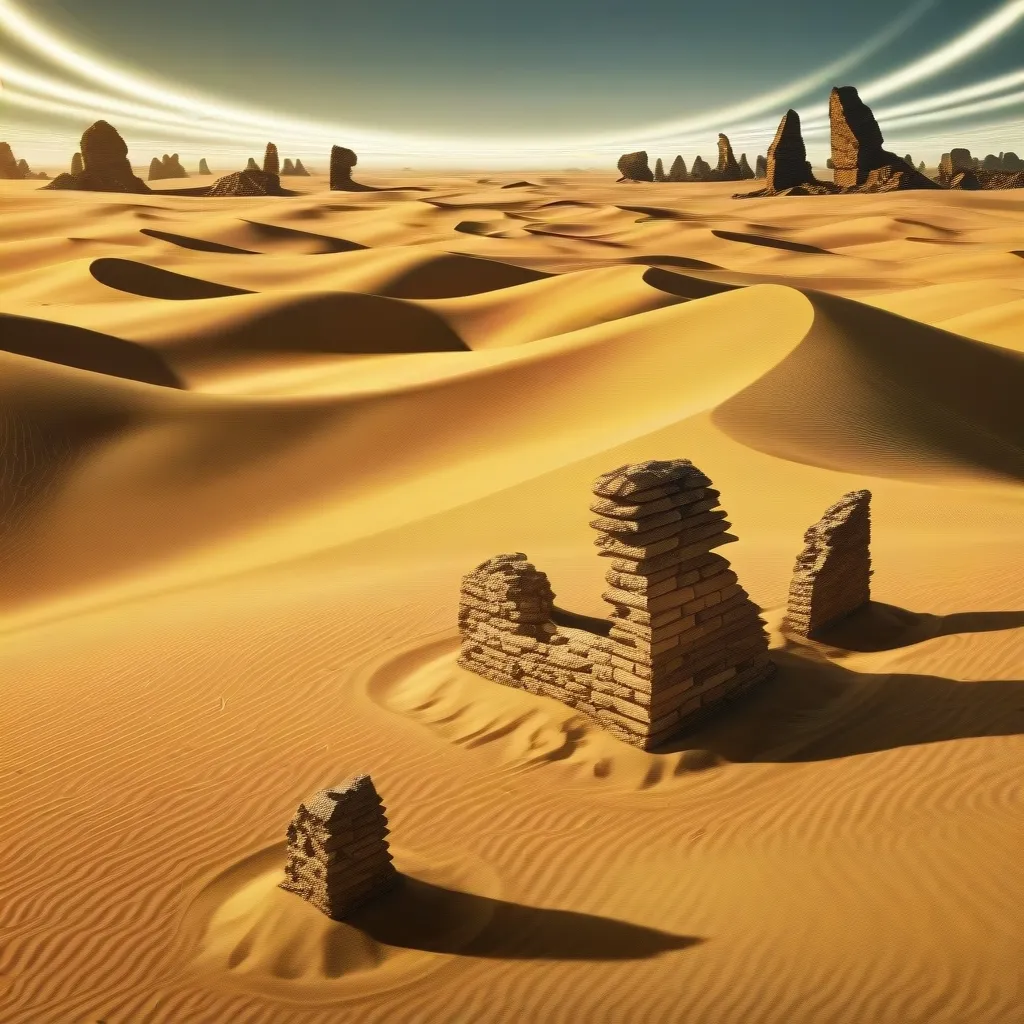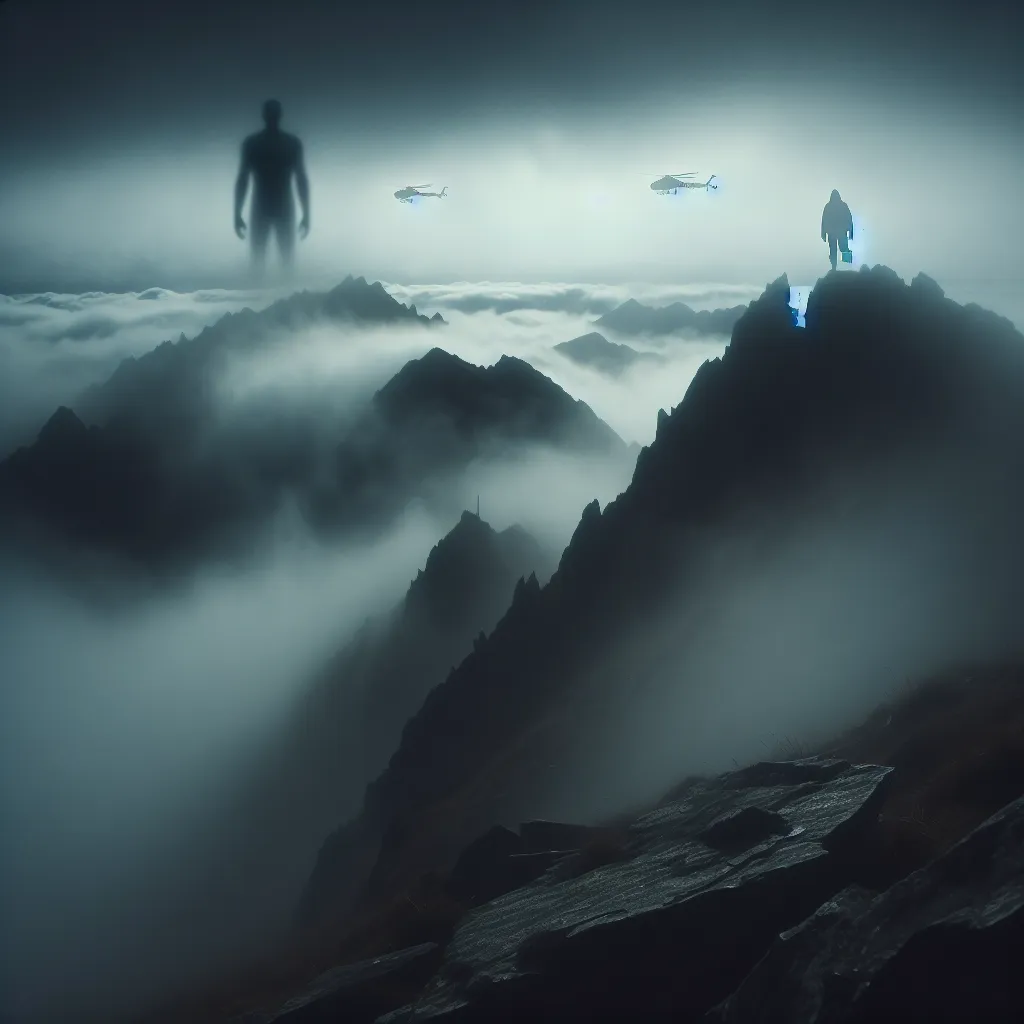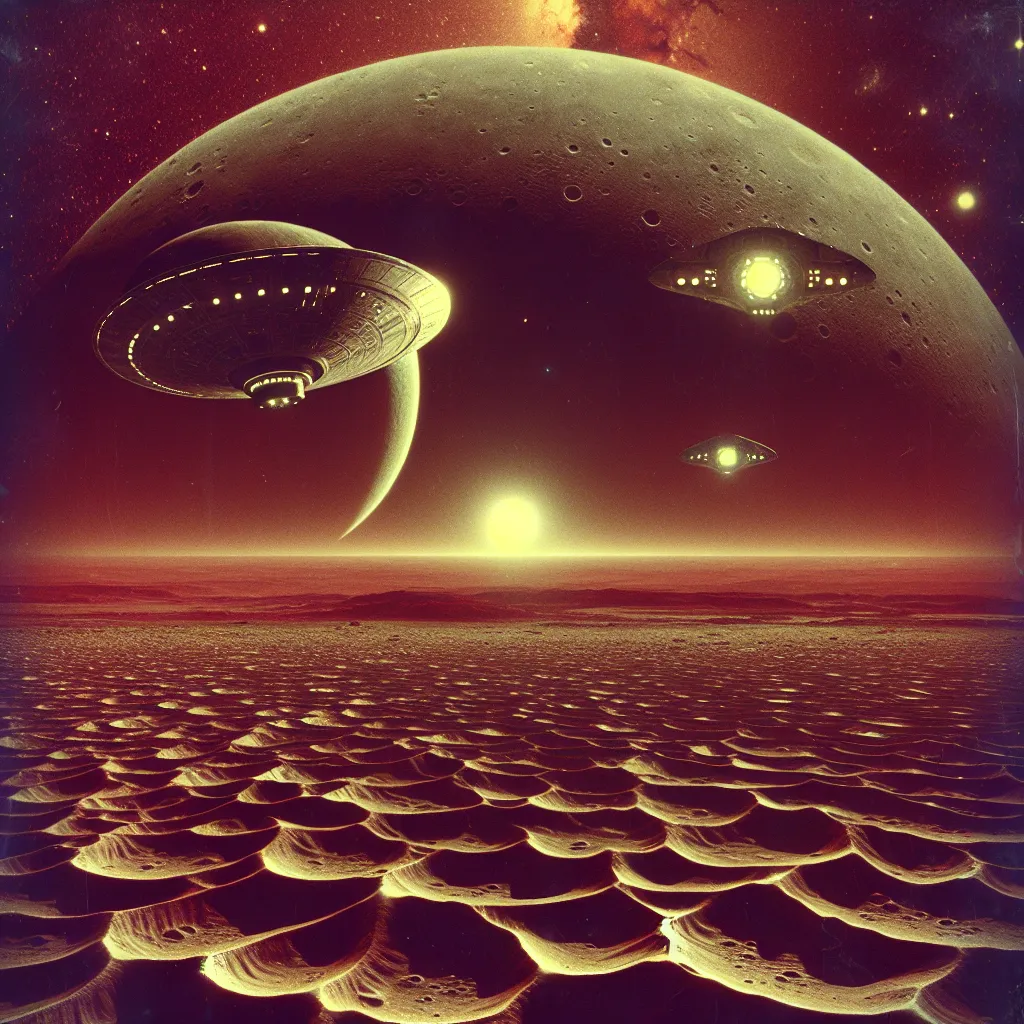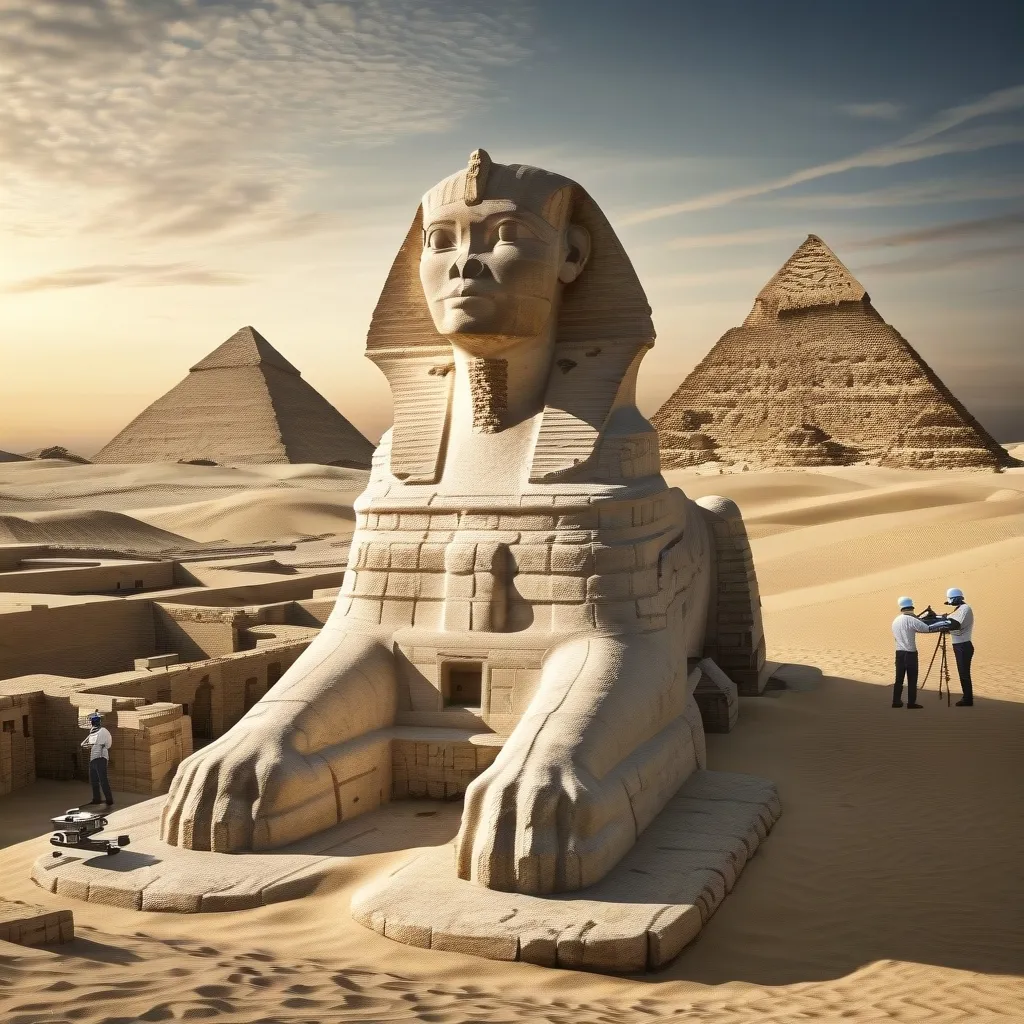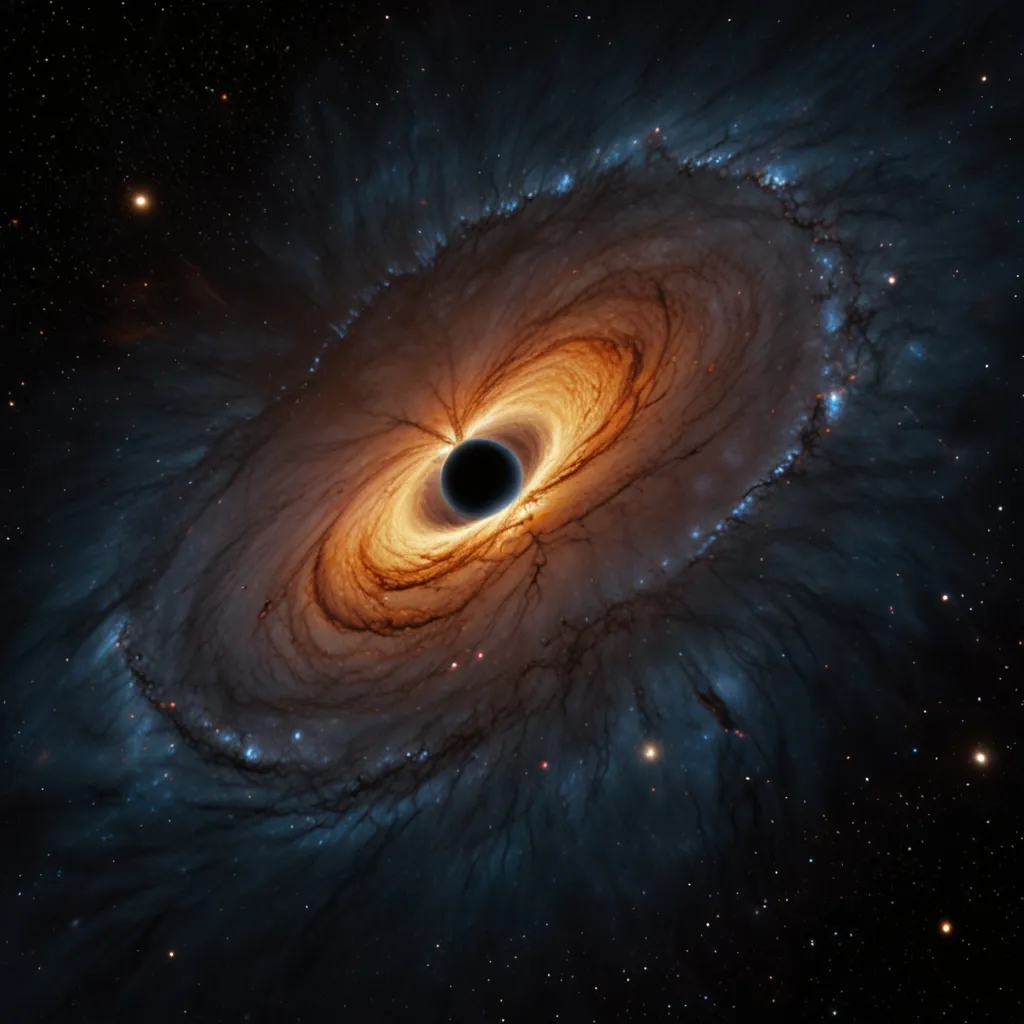The Lost City of the Kalahari: A Desert Mystery That Captivates Generations
Imagine a vast, sun-scorched landscape stretching as far as the eye can see. Endless dunes of golden sand rise and fall like waves in an ocean of heat. This is the Kalahari Desert, a place of harsh beauty and hidden secrets. And somewhere within its sandy depths lies a mystery that has tantalized explorers and dreamers for over a century: the Lost City of the Kalahari.
It’s a tale straight out of an adventure novel, isn’t it? A lost civilization buried beneath the sands, waiting to be discovered. But this isn’t fiction. It’s a real-life mystery that has captivated the imaginations of people around the world for generations.
The story begins in 1885 with a man named William Leonard Hunt. Now, Hunt wasn’t your typical explorer. He was actually a tightrope walker who decided to try his hand at treasure hunting. Talk about a career change! Hunt ventured into the Kalahari, hoping to strike it rich with diamonds. Instead, he stumbled upon something he thought was even more valuable: the ruins of an ancient city.
According to Hunt, he found these ruins near the Molopo River, which snakes along the borders of Botswana, South Africa, and Namibia. He described stones cut with expert precision, forming an arc with gaps of about 40 feet between them. In his mind, this wasn’t just some random pile of rocks. No, Hunt believed he had discovered something truly extraordinary – perhaps a grand city, a sacred place of worship, or even the final resting place of a long-lost civilization.
Can you imagine the excitement? Hunt must have felt like he was on top of the world. He shared his findings with the Royal Geographic Society, complete with photographs. It was like dropping a bomb in the archaeological world. Everyone wanted to know more about this mysterious lost city.
But here’s where things get tricky. Despite all the buzz Hunt’s discovery created, no one has been able to find the lost city since. It’s like it vanished into thin air – or sand, in this case. Over 30 expeditions have scoured the desert, searching high and low for any trace of Hunt’s ruins. But so far, they’ve all come up empty-handed.
Now, you might be thinking, “Maybe Hunt made it all up.” And you wouldn’t be alone in that thought. In 1964, an explorer named A.J. Clement suggested that what Hunt saw might have just been a natural rock formation. He pointed to something called the Eggshell Hills near Rietfontein, which are made of dolerite rock. This type of rock forms when magma cools quickly underground, creating columns that can look pretty darn man-made if you squint hard enough.
But let’s not write off Hunt’s story just yet. You see, the Kalahari Desert isn’t as lifeless as you might think. There are actually quite a few ancient settlements scattered across the region. Take the city of Kweneng in Botswana, for example. This place was a bustling trading hub from the 15th to the 19th centuries. And get this – it was only discovered recently using Google Earth and some fancy laser technology called LiDAR. It had been hiding right under our noses, buried beneath the vegetation in a national park.
So, if one lost city can stay hidden for centuries, who’s to say there aren’t more out there?
The search for the Lost City of the Kalahari has drawn in all sorts of characters over the years. In the 1930s, a Professor E.H.L. Swartz led an expedition into the desert. They found some limestone formations, but nothing that screamed “ancient lost city.” A few years later, a guy named Lawrence Green tried to retrace the steps of earlier expeditions. He came back with some great stories, I’m sure, but no lost city.
Even in recent years, the allure of the lost city hasn’t faded. The TV show “Expedition Unknown” did an episode on Hunt’s story. The host, Josh Gates, traveled along the Oranje River, following in Hunt’s footsteps. While they didn’t find the lost city, they did discover some pretty amazing ancient rock art that’s over a thousand years old. It just goes to show that even if you don’t find what you’re looking for, there’s always something fascinating to discover in the desert.
Here’s a fun fact for you: did you know that Elon Musk’s grandfather was one of the people who searched for the lost city? It’s true! I guess a taste for adventure and the unknown runs in the family.
Now, you might be wondering why people are still hung up on this lost city after all these years. Well, part of it is just human nature. We love a good mystery, don’t we? The idea that there might be some grand, ancient civilization hidden out there in the desert is just too tantalizing to ignore.
But it’s not just about the thrill of the chase. The search for the Lost City of the Kalahari has actually led to some pretty important discoveries. All those expeditions into the desert have helped us learn more about the region’s history and ecology. They’ve uncovered other archaeological sites and helped map out areas of the desert that were previously unexplored.
And let’s not forget about the technological advances that have come out of this search. Remember that LiDAR technology I mentioned earlier? It’s been a game-changer in archaeology. It allows researchers to see through vegetation and map out hidden structures. Who knows? Maybe one day it’ll help us finally solve the mystery of the lost city.
But even if we never find Hunt’s lost city, the legend itself is valuable. It’s a story that has inspired generations of explorers and dreamers. It reminds us that there are still mysteries out there waiting to be solved, still corners of the world that haven’t been fully explored.
The Kalahari Desert itself is a place of wonder and contradiction. At first glance, it might seem like a barren wasteland. But look closer, and you’ll find a complex ecosystem teeming with life. There are animals that have adapted to survive in this harsh environment, plants that have found ways to thrive with little water, and yes, evidence of human habitation going back thousands of years.
It’s a place where the line between reality and myth blurs. The shimmering heat can play tricks on your eyes, making you see things that aren’t there. Or are they? In a place like this, it’s easy to believe that anything is possible – even a lost city hidden beneath the sands.
As we continue to explore and study the Kalahari, we’re constantly reminded that history is often hidden in plain sight. Those ancient rock paintings, the scattered ruins, the stories passed down through generations – they all hint at a past that’s richer and more complex than we might have thought.
And that’s the real treasure of the Lost City of the Kalahari. Whether it exists or not, the legend has spurred us to look closer, to dig deeper, to question our assumptions about what’s possible. It’s a reminder that the world is still full of wonders waiting to be discovered.
So the next time you look out over a seemingly empty landscape, remember the story of the Lost City of the Kalahari. Let your imagination run wild. Who knows what secrets might be hiding just beneath the surface, waiting for someone curious enough, brave enough, or maybe just lucky enough to uncover them?
In the end, maybe it doesn’t matter if we ever find Hunt’s lost city. The search itself has led us to discoveries we might never have made otherwise. It’s sparked our curiosity, fueled our sense of adventure, and reminded us that the world is still full of mysteries waiting to be solved.
And isn’t that what exploration is all about? It’s not just about finding what you’re looking for. It’s about the journey, the discoveries you make along the way, and the way it changes how you see the world. The Lost City of the Kalahari might remain a mystery, but the quest to find it has already enriched our understanding of history, archaeology, and the incredible resilience of both nature and human civilization.
So here’s to William Leonard Hunt and his wild tale of a lost city in the desert. Here’s to all the explorers who’ve ventured into the Kalahari in search of answers. And here’s to the mystery itself – may it continue to inspire us to look beyond the obvious, to question what we think we know, and to never stop exploring.
Who knows? Maybe someday, someone will stumble upon those precisely cut stones forming an arc in the desert. Until then, the Lost City of the Kalahari will remain one of the world’s great unsolved mysteries, a tantalizing secret hidden beneath the sands of time.
